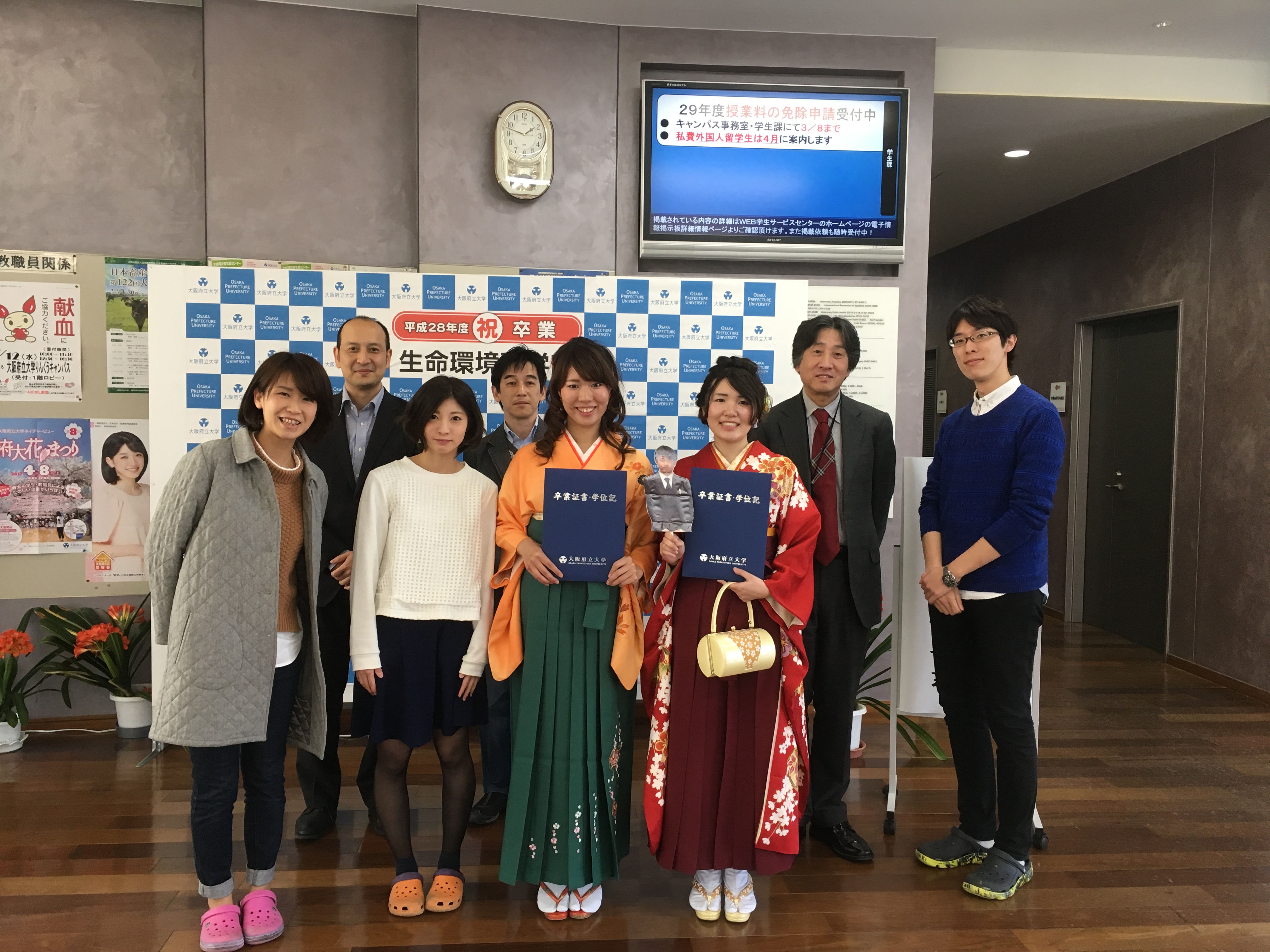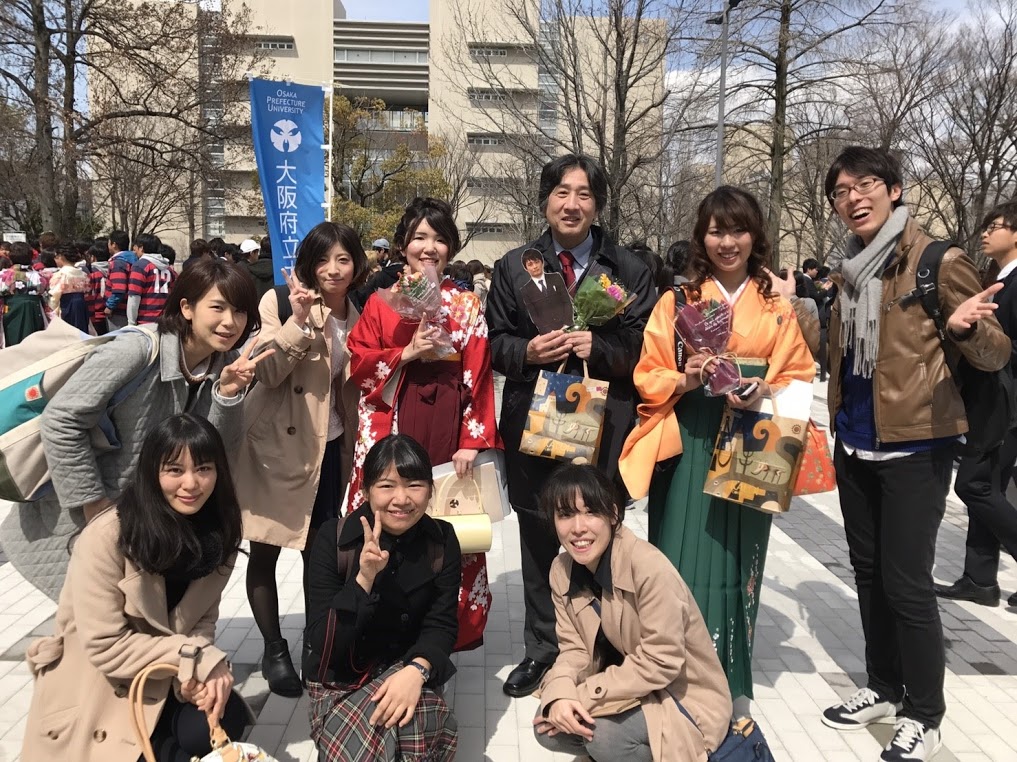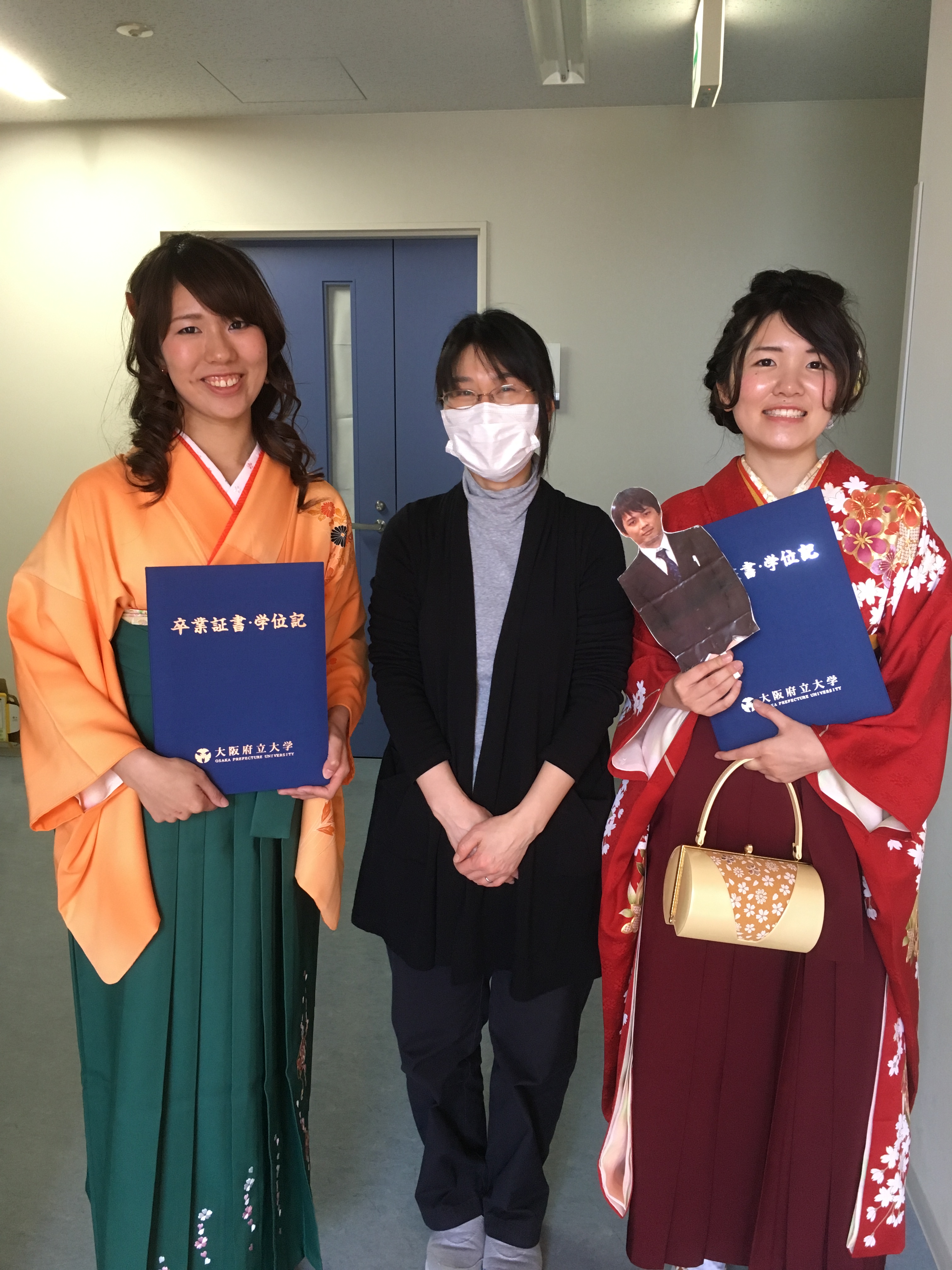Professor Furuya’s joint research with Kaiyukan was introduced on the University’s website. (2023.08.17)
A research result supported by the Tsubasa Foundation was published in an international academic journal.
– Contrast-enhanced CT scans are also effective in diagnosing shark diseases! ? ー
CT examinations are used for detailed examinations of human diseases, and are used for image diagnosis of bones and soft tissues of a small number of marine organisms. However, since sharks have little fatty tissue in their body cavities, it was not possible to sufficiently confirm various organs with CT examinations that do not use contrast agents (non-enhanced CT examinations).
Associate Professor Masaru Furuya of the Graduate School of Veterinary Medicine, Osaka Public University, and a joint research group at Kaiyukan conducted a CT examination using a contrast agent (contrast-enhanced CT) on brownbanded bamboo sharks kept at Kaiyukan. ) and non-enhanced CT examinations, and compared how accurately the positions and sizes of various organs can be identified from the obtained image data and specimens.
As a result, it was found that organs in body cavities that could not be identified by non-enhanced CT can be identified more accurately by performing contrast-enhanced CT. In addition, by accumulating image data of healthy conditions using CT examinations, it is expected to be useful in diagnosing diseases and maintaining the health of marine organisms, which have few cases of illness.
The results of this research were published in the May issue of the international academic journal “Anatomia Histologia Embryologia.”
For details, please see the URL below.
https://www.omu.ac.jp/fund/info/news/entry-33675.html





